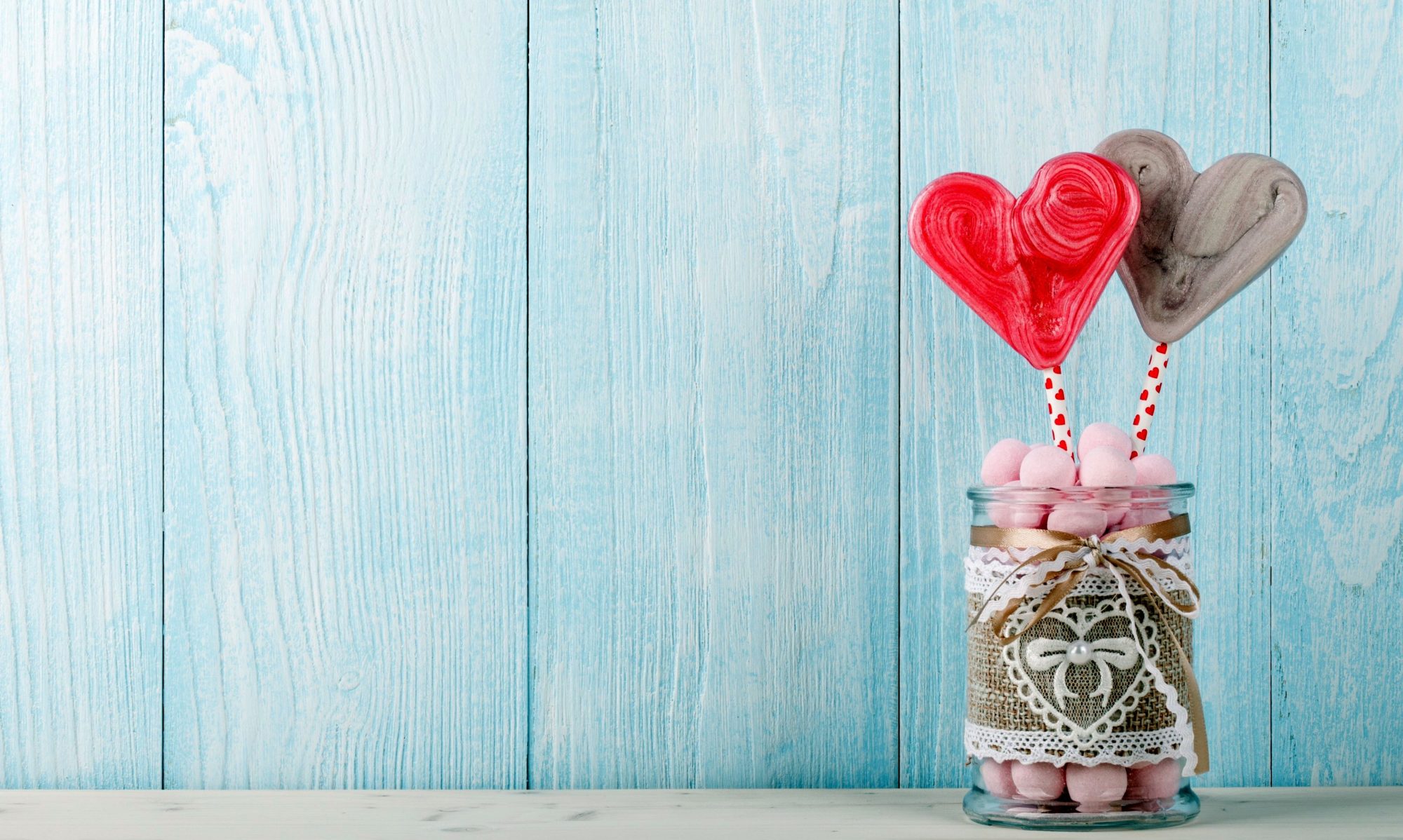Navaratri is one of the most auspicious festivals among the Hindus and is celebrated in autumn. Though there can be four seasonal Navaratri in the twelve months of the year, the Sharada Navaratri celebrated in the autumn is the most celebrated. The celebration occurs in the Shukla Paksha (the bright half of the lunar calendar starting from the new moon to the full moon) of Ashwin. This means in the Gregorian calendar it could be sometime between the months of September and October.
What Is The Significance Of Navaratri?
The word ‘Navaratri’ is formed by the conjunction of ‘nava’ with ‘ratri’. ‘Nava’ means nine while ‘ratri’ means ‘night’. This means that the festival is spread over 9 nights and 10 days. It is among the most sacred Hindu festivals where the different forms of Goddess Durga or Shakti is worshipped. She represents the energy of the universe.
Lord Rama Praying to Goddess Durga
According to legend, Lord Rama had prayed to Goddess Durga for 9 days to seek blessings to kill Ravana. He was killed on the 10th day and is known as Dusshera. It was the day when the 10-headed Ravana was killed in battle.
Killing of Mahishasura
Mahishasura is one of the fiercest demons. Through severe penance, he had obtained a boon that he cannot die in the hands of a male, thus underestimating the power of the female form. He started wreaking havoc in his arrogance. Durga is a beautiful form of Shakti who promised to marry Mahishasura if he defeated her in a battle. After a battle that lasted for 9 days, Durga killed Mahishasura. This is the reason why the 10th day is also called Vijayadashmi or the day of the victory.
What is The Significance of Each Day?
Each day is associated with an Avatar of Goddess Durga and the demon Mahishasura as she battled him over the nine days. This also celebrates the victory of the Good over Evil.
- Day 1 – Shailaputri – Shailaputri (or Daughter of the Mountain), is the form where she is worshipped as the consort of Lord Shiva and is sometimes said to be a direct incarnation of Goddess Kali. The day is called Pratipada.
- Day 2 – Brahmacharini – This form represents emancipation and prosperity where she took the form of Parvati. This day is known as Dwitiya.
- Day 3 – Chandraghanta – On the day of Tritiya, her forehead was adorned with the half-lit moon, symbolising beauty and bravery.
- Day 4 – Kushmunda – She is believed to have been the creator of the universe and is worshipped on Chaturthi. She has eight arms and sits atop a tiger.
- Day 5 – Skandmata – She is the worshipped as the mother of Kartikeya (or Skand). She symbolises the strength of the mother.
- Day 6 – Katyayani – This is one of the most violent forms as she is known as the warrior goddess. She is symbolized by the colour Orange.
- Day 7 – Kalratri – This is the most ferocious form of Goddess Durga, where she removed her fair skin to battle two demons, Sumbh and Nisumbh.
- Day 8 – Mahaguri – The symbolism is of peace and intelligence and also represents optimism.
- Day 9 – Sidhidatri – People pray to her on the last day of the festival.
How is The Festival Celebrated?
The festival is celebrated in different forms according to the regional practices. While in South India, it is known as Golu, the people of East India celebrate Durga Puja. The dance festival Garba is celebrated at this time in the western parts. The North celebrates the victory of King Rama over the demon Ravana which is known as Ramlila.Navaratri

